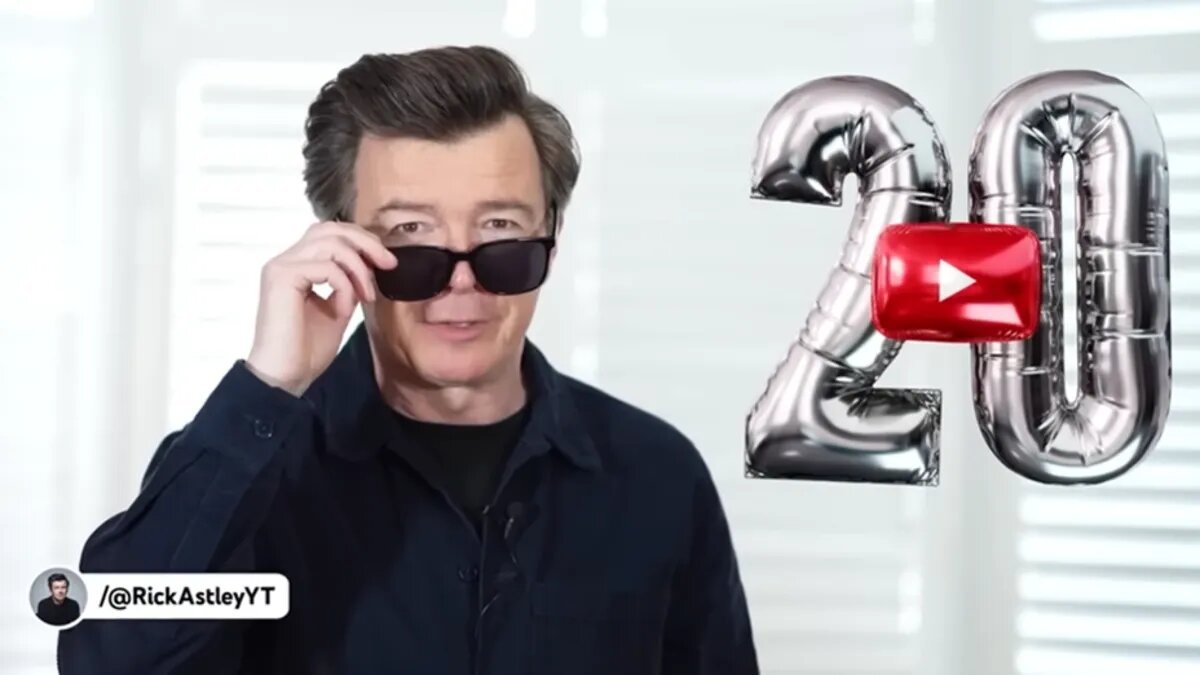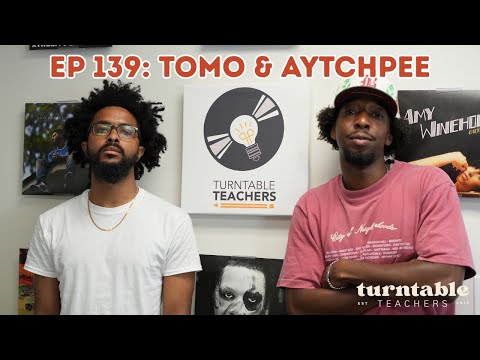YouTube recently celebrated its 20th anniversary, reflecting on how the platform has evolved from its early days to becoming one of the most dominant players in online streaming. The first video ever uploaded to YouTube, which was a 19-second clip of elephants at the San Diego Zoo, marked the beginning of the site’s journey. This video was uploaded on April 23, 2005, by YouTube co-founder Jawed Karim, who, at the time, was a 25-year-old software engineer. He created YouTube alongside two other PayPal colleagues, Steve Chen and Chad Hurley. The platform officially launched on December 15, 2005, and, over time, has grown significantly, with over a billion videos hosted on the site and 20 million new videos being uploaded daily, according to the company.
Today, YouTube is owned by Google, which acquired the site in 2006 for $1.65 billion. It is now the second most-visited website globally, following Google itself. YouTube is particularly popular with younger audiences, and it is the most-visited website by Gen Z, according to a report by market research agency Opeepl, followed by Instagram and TikTok. Its revenue is expected to surpass that of Disney by the end of this year, according to CNBC. As YouTube continues to grow, it has established itself as a key platform not only for videos but also for music, news, and entertainment.
In celebration of its two decades, YouTube has shared some of its “hidden gems,” or lesser-known features, that have been part of the platform for years. Some of these features include keyboard shortcuts such as using the left or right arrow keys to fast-forward or rewind videos, and the spacebar to pause or play a video. You can also long-press on the video player to watch videos at double speed. Additionally, YouTube offers a mode called “approve content yourself” that allows parents to monitor and control the content their children can watch on the platform.
Alongside its anniversary celebration, YouTube appears to be emphasizing its music features, potentially to strengthen its position against growing competition from TikTok in the music space. One of the features gaining attention is “Song Search,” which allows users to identify a song by humming or singing it into their device’s microphone. For YouTube Premium subscribers, there’s the option to create a “personalized radio station,” which curates music based on the user’s preferences. YouTube Premium offers users additional features such as ad-free videos and offline viewing, with a subscription cost of $13.99 per month for individuals or $22.99 for families.
As YouTube moves into its third decade, its influence continues to expand, with the platform playing a central role in both content creation and consumption. From humble beginnings to becoming a global leader in digital video, YouTube’s journey reflects the growing importance of online media and its impact on the entertainment industry.














